NASA Decides To Do SLS Green Run Test

“Green Run” Test Will Pave the Way for Successful NASA Moon Missions
“NASA Administrator Jim Bridenstine announced July 25 the agency will conduct an “Green Run” core stage test for the Space Launch System rocket ahead of the upcoming Artemis 1 lunar mission. The first eight minutes of every Artemis mission with NASA’s Space Launch System (SLS) rocket will begin with core stage and solid rocket boosters producing 8.8 million pounds of thrust to launch the agency’s Orion spacecraft to the Moon. NASA will test the rocket’s 212-foot tall core stage- the tallest rocket stage the agency has ever built- with a “Green Run” test on Earth before launch day to help ensure mission success and pave the way for future Artemis missions carrying crew to the Moon. Missions at the Moon will be a stepping stone to prepare for human exploration of Mars.”



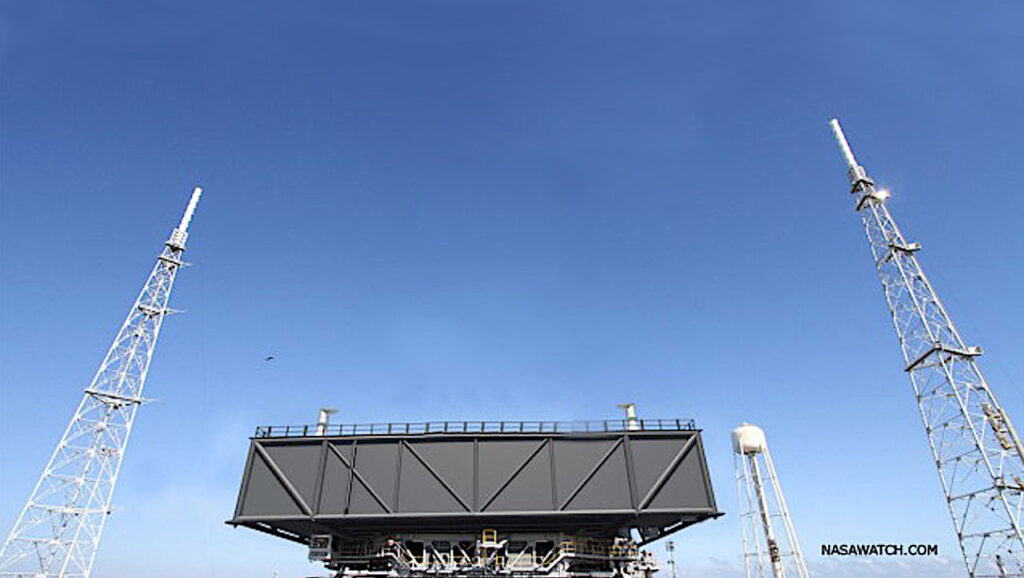
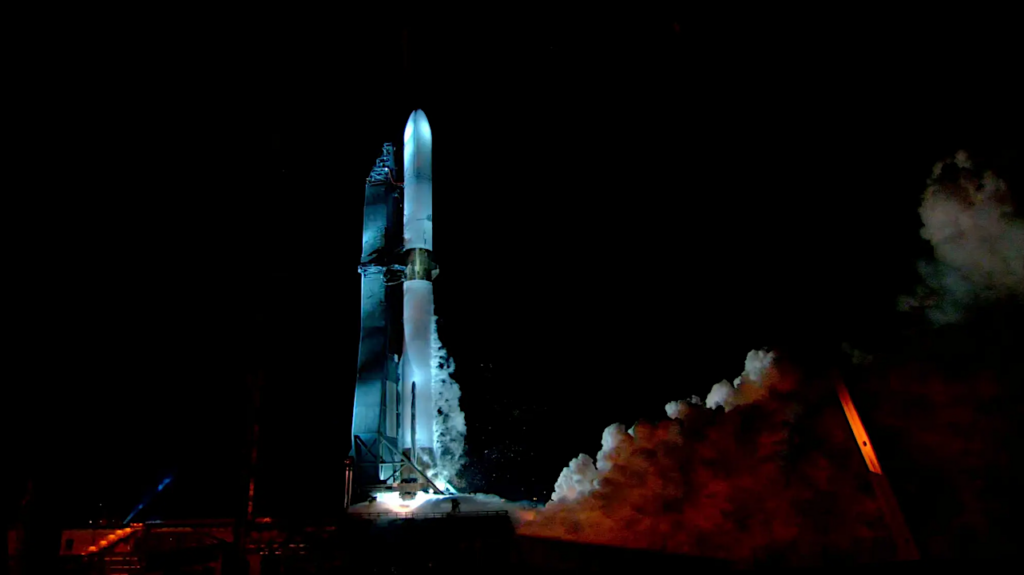
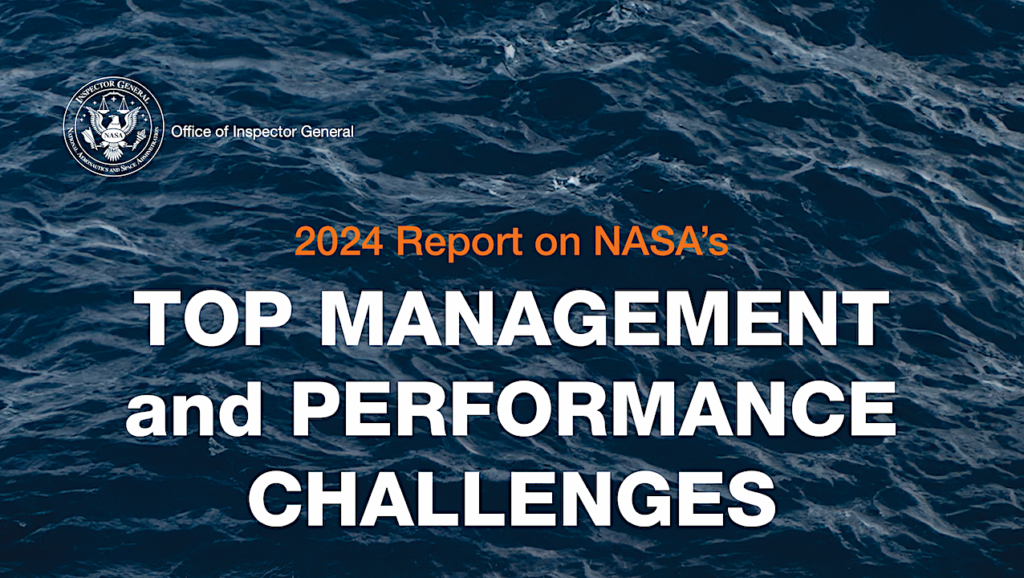
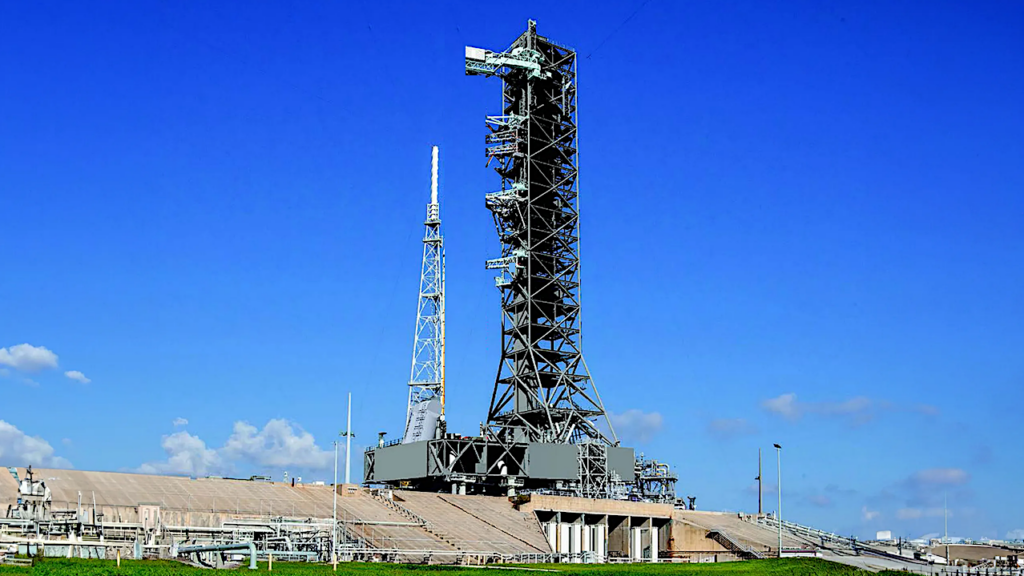
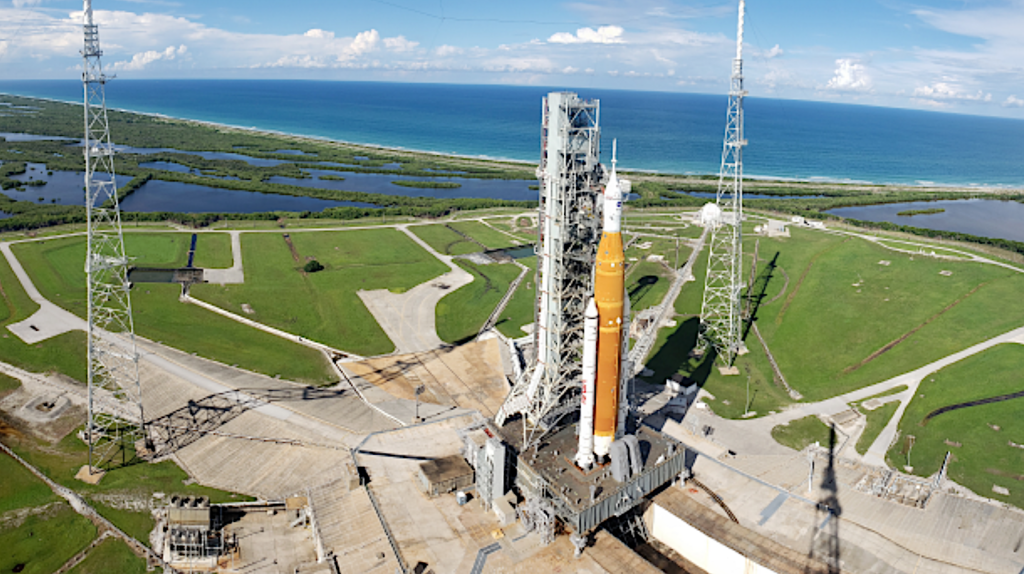

Great decision, Jim. Now make SLS cargo only, use it to fly up a service module, a big lander, and a crew compartment with lots of room and supplies, link up with a crew Dragon in LEO, and go for it. No need for Orion. No need for Gateway. Do it that way, and you just might make 2024.
NASA CFO Jeff DeWitt says if SpaceX can demo a Starship lunar landing NASA will partner with them.
https://www.businessinsider…
And during the StarHopper webcast, SpaceX referred to the Starship + Super Heavy stack as the Starship Launch System (SLS) ?
Saves money on reprinting letterhead 😉
Personally I think they should call the combination the Reusable Aerospace Transport (RAT), especially as it is made out of Stainless Steel.?
I find myself liking more and more Bridenstine’s current plan, which is to limit SLS/Orion to the niche of crew transport to NRHO, this is the best way to remove SLS/Orion from the critical path.
This way we can let commercial companies to come up with their own lunar lander design without any relationship to SLS, so that when it’s time to remove SLS the architecture won’t be affected. The last thing we need is to have our future commercial cis-lunar transportation system has a dependency on SLS.
Besides, I bet the launch companies would much more prefer launching 3+ commercial heavy for lunar lander than launching one Crew Dragon, so it’s win-win.
Nailed it in one…
The recent sole-source justification, for the Northrup Grumman contract to build Gateway’s Minimal Habitation Module, specifically mentioned commercial launches. Specifically, it said the NG design was compatible with commercial launches and that was one of the justifications for the award.
Cygnus has already gone up on Antares and on Atlas 5, which likely eases the NASA paperwork considerably. Hmm. An Atlas 5-552 should throw seven-ish tons to NRHO, and Cygnus’s current dry mass is about half that. If they can keep from adding too many gold-plated kitchen sinks, this could launch on a stock Atlas 5.
They’re adding a whole lot of things. Like three docking ports (two axial and two radial, compared to one axial on Cygnus.) That’s specifically mentioned in the sole-source justification. With a core diameter of 3 meters, there’s room for the radial ports while still fitting in a 5-meter fairing.
Does the Crew Dragon go along for the ride to the Moon, or does your plan involve a second Earth orbit rendezvous prior to reentry?
I’d take it to the Moon. It’s rated for over 200 days in space when docked with ISS (plus a week of free flight.) On the return, you save delta-v and mass by only pushing that through the trans-Earth injection and once at Earth, the heat shields are rated for direct entry. So a burn to stop in low Earth orbit would not be required.
Disregard. Was thinking of Orion.
I think I’d carry it along. Why not? That way you don’t have to go looking for it on the return trip.
After so many years of watching SpaceX do these all-up tests as a matter of course, it’s a bit jarring to see NASA announce with apparent fanfare that they’ve decided to start doing this. Doing anything else seems a bit foolhardy to me these days.
Also notable here is Ms. Bates’ comment that the tests will provide “the confidence needed to know the new core stage will perform again and again as it is intended.” Again, my expectations have been adjusted by the approach taken by SpaceX, as all I can think is – how can you have confidence that the stage will perform as intended again and again when you throw it away in the ocean as soon as it ends its burn? My expectation is now that confidence comes from seeing that the individual stage worked before, and less so from the fact that the design worked before, as important as that is.
Whatever NASA manages to accomplish with this system (and I wish them only success), I can’t shake the feeling that throwing away a rocket after the boost phase is just shockingly wasteful. Now that we can do better, we really must do better.
(Written as I sit here wearing my spiffy new NASA meatball cufflinks…)
This isn’t a decision to do a full-up test. The “green run” test has been in the plan for a long time. There was some discussion of removing it, to keep the Artemis 1 flight on schedule (well, no further behind schedule than it already is…) This announcement is a decision to stick with the original plan. That’s a good idea, because there isn’t any good reason to skip a major, planned test. Either the test is necessary and skipping it is reckless, or the original plan included an expensive, time consuming major test which is unnecessary. It’s hard to stand up and say either one without looking like an idiot.
That’s good to hear, and not so good to hear. I’m disappointed that anyone would have even vaguely thought that it would be OK to skip such a test. That reeks of past problems of allowing themselves to be guided by political considerations over what makes sense from an engineering standpoint (and sets off echos of the process for creating the Hubble primary mirror).
Should we credit Jim Brandenstine for ending discussion of shorting on testing?
Now you’re asking me to use my (non-existent) psychic powers. It’s entirely possible that Mr. Bridenstine was the one who suggested skipping the test in the first place. I’ve seen managers do similar things, and it’s not necessarily a bad idea.
Just look for the parts of the process or the Gantt chart or whatever that look the messiest, or most complicated, or talking up the most time in the schedule. Without knowing anything about it, you can ask the engineers, “What about this? Is this something we really need to do? Could we do something different?” Even if the engineers say, “NO!!!”, it tends to push them to at least think about alternatives, and occasionally they decide that, yes, actually, that would work, about something they would never have considered themselves.
But that style of management does require someone who actually listens to the engineers and follows their advice, when they come back and say his suggestion is a bad idea. There a surprising number of managers who have trouble with that idea.
HAAA
“There was some discussion of removing it, to keep the Artemis 1 flight on schedule (well, no further behind schedule than it already is…)”
They need to let all the good Congress Critters in Mississippi know they will be getting their share of the pork. It’s important for them to know it won’t be hoarded by only a couple of states like SpaceX is doing with the Starship/Super Heavy.
Look at it this way: This helps avoid a situation in 2024 where they’ve already flown SLS enough times to have run out of reworked SSME’s for an actual Moon mission… </deadpan>
On the whole, a good idea. I don’t approve of the ponderous protracted and hideously expensive development process involved, but forcing it to skip a major planned step only increases the odds something will break.
And, cynically speaking, gives them a ready-made excuse if and when something breaks…
Why is this news?
I have seen references to this test years ago.
Why is this news? Because NASA was considering whether or not to do the test due to the 2024 timeline imposed by VP Pence. One of the ways to meet this schedule was to not do the test.
I think they started talking about dropping the test before that 2024 deadline was announced. It was about making sure Artemis 1 (then EM-1) didn’t slip into 2021. But that’s a minor detail.
They should divert funds and resources to the better far more efficient and a far more economical SpaceX hopper mars / moon rocket. It’s my tax money NASA is wasting on there way over budget moon lander way behind project.